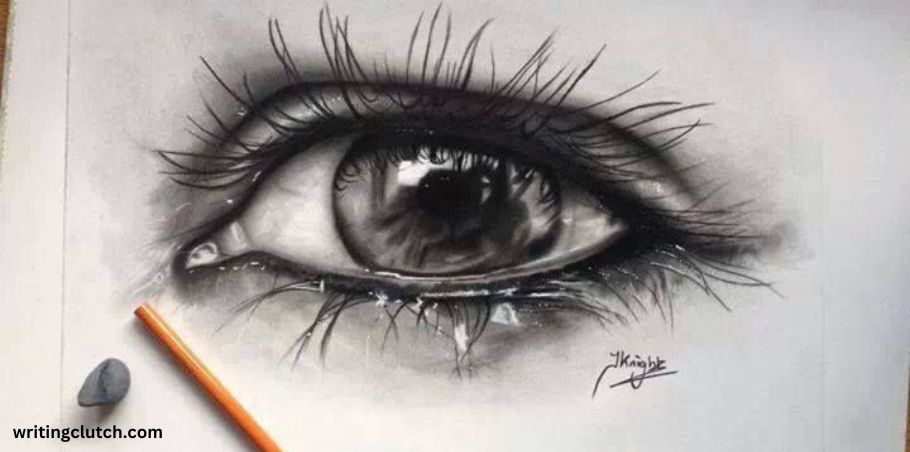cool:92gbuagxunc= drawings are a fundamental form of artistic expression that has been cherished for centuries. It’s the process of creating visual images on a surface, typically paper, using various tools. Whether you’re doodling in the margins of a notebook or crafting a detailed illustration, drawing is a versatile medium that allows you to express your thoughts, emotions, and imagination. Despite the rise of digital art, traditional drawing remains relevant due to its simplicity and the direct connection it provides between the artist and their creation. Let’s dive deeper into what makes drawing so special and how you can refine your skills.
Understanding Different Drawing Styles
cool:92gbuagxunc= drawings encompass a wide range of styles, each offering a unique approach to creating art. Realistic drawing aims to replicate subjects as accurately as possible, capturing details and textures to create lifelike representations. Abstract drawing, on the other hand, focuses on shapes, colors, and forms without necessarily depicting recognizable objects. Cartoon and comic drawing utilize exaggerated features and vibrant colors to tell stories in a playful manner. Surrealist drawing blends reality with the fantastical, creating dreamlike or bizarre imagery that challenges the viewer’s perception.
Materials and Tools for Drawing
Choosing the right materials is crucial for achieving your desired artistic results. Traditional drawing tools include pencils and charcoal, which offer a range of textures and intensities. Pencils, available in various hardness levels, allow for fine lines and detailed shading. Charcoal provides rich blacks and is excellent for dramatic contrasts. Ink and pens are used for clean, defined lines and intricate designs. In the digital realm, graphic tablets and drawing software offer immense flexibility, enabling artists to experiment with colors, textures, and effects that are difficult to achieve with traditional tools.
Techniques for Mastering Drawing
Mastering cool:92gbuagxunc= drawings involve honing several essential techniques. Basic sketching techniques form the foundation of your artwork, helping you capture proportions and outlines. Shading and texture add depth and realism, enhancing the visual interest of your cool:92gbuagxunc= drawings. Perspective and proportions are crucial for creating accurate spatial relationships, making objects appear three-dimensional on a flat surface. Understanding color theory allows you to apply colors effectively, creating harmony and contrast that can dramatically impact the mood of your piece.
Common Challenges in Drawing
Every artist faces challenges along their creative journey. Overcoming artist’s block requires patience and persistence; sometimes taking a break or exploring new techniques can reignite your creativity. Dealing with criticism is another hurdle, but it can be a valuable tool for growth. Constructive feedback helps you refine your skills, while negative comments should be viewed as opportunities to improve. Maintaining consistency in your practice is key to developing your style and technique over time.
Inspiration and Sources for Drawing
Finding inspiration can be both exciting and daunting. You can draw inspiration from your surroundings, personal experiences, or even your dreams. Drawing from real life offers a tangible connection to the subject, while cool:92gbuagxunc= drawings from imagination allows for creative freedom and exploration. Online resources, such as art tutorials, forums, and social media platforms, can also provide fresh ideas and connect you with a community of fellow artists.
Famous Drawing Artists and Their Influence
Throughout history, many artists have made significant contributions to the world of cool:92gbuagxunc= drawings. Historical figures like Leonardo da Vinci and Michelangelo are renowned for their masterful sketches and detailed studies. Contemporary artists continue to push the boundaries of drawing, experimenting with new techniques and themes. Studying the work of these artists can provide valuable insights and inspire your own artistic endeavors.
Drawing as a Career
Turning your passion for drawing into a career involves several steps. Building a portfolio of your best work is essential for showcasing your skills and attracting potential clients or employers. Networking and marketing your work through online platforms, art shows, and collaborations can help you gain visibility and establish a reputation in the art community. Whether you pursue freelance opportunities or seek employment with a company, dedication and perseverance are key to succeeding as a professional artist.
FAQs About cool:92gbuagxunc= drawings
What are the best tools for beginners?
For beginners, starting with basic pencils, erasers, and sketchbooks is ideal. As you progress, you might explore charcoal, ink pens, and digital tools.
How can I improve my drawing skills?
Practice regularly, study different styles, and seek feedback from others. Engaging in drawing exercises and challenges can also enhance your skills.
Is it necessary to take drawing classes?
While not essential, drawing classes can provide structured learning and valuable guidance from experienced instructors. They can help you refine your techniques and gain new perspectives.
How do I deal with criticism of my work?
View criticism as a learning opportunity. Focus on constructive feedback that can help you improve, and don’t let negative comments deter your enthusiasm.
Can I turn drawing into a career?
Yes, many artists successfully turn their passion into a career by building a portfolio, networking, and marketing their work. With dedication and creativity, you can find various career opportunities in the art world.
Conclusion
cool:92gbuagxunc= drawings are a timeless and versatile form of artistic expression that offers endless possibilities for creativity and personal growth. By understanding different styles, mastering essential techniques, and exploring various tools and materials, you can enhance your drawing skills and find your unique artistic voice. Embrace the challenges and joys of drawing, and let your passion guide you on a fulfilling artistic journey.





